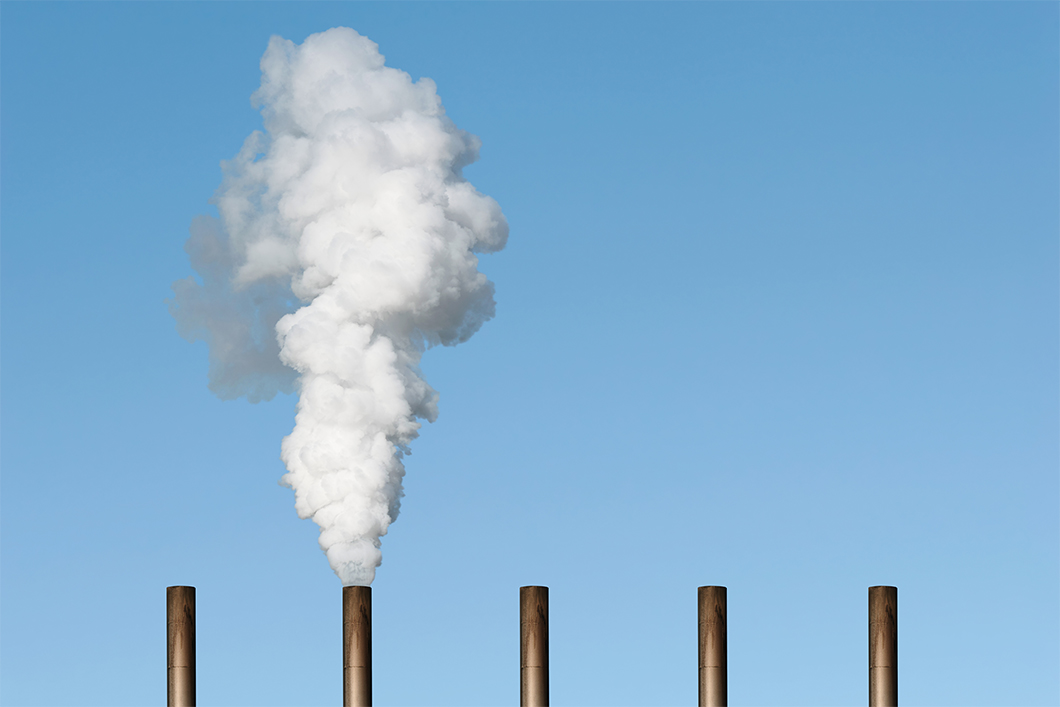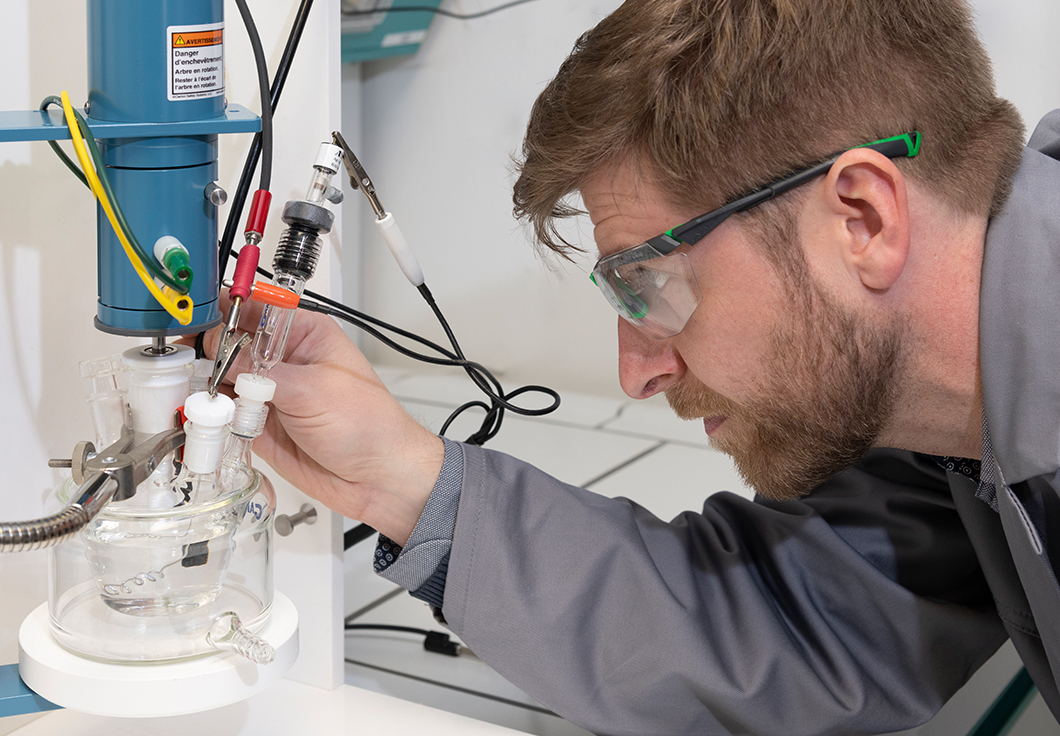
Chimneys with emission cloud
Source: istock / sharply_done
Project period
01/05/2021 - 08/04/2024
Project type
Collaborative research project
Project status
Closed
Description
In the project, carbon dioxide is untilized for the production of useful chemicals. The development of specific catalysts will allow for the combination of CO2 electrolysis with bacterial fermentation in a more economical fashion.
Location
Bundesanstalt für Materialforschung und -prüfung (BAM)
Branch Fabeckstraße
Unter den Eichen 44-46
12203 Berlin
In the lab with Tim-Patrick Fellinger Source: BAM
Source: BAM
Source: BAM
Source: BAM
Project coordination
Bundesanstalt für Materialforschung und -prüfung (BAM)
Partner
Technical University of Munich, Chair of Bioprocess Engineering
BAM, Department of Dangerous Goods Packaging
Funding
The project is part of a DFG priority programme (SPP 2240)
Ecat-Acetogens - Using CO2 for the production of chemicals in a combined bioelectrochemical system
In the project, inexpensive and biocompatible carbon-based electrocatalysts are being developed. These will be used in one combined bioelectrochemical system for the production of chemicals from CO2.
Two-way recycling of CO2 emissions
Metabolites are produced electrochemically from CO2 molecules, which acetogenic bacteria use to convert further CO2 molecules into usable chemicals. For this purpose, inexpensive and biocompatible carbon-based electrocatalysts are to be developed in the project. The integration of an electrolysis cell and a bioreactor into a bioelectrochemical reactor can become economical in this way.
Project coordination
Bundesanstalt für Materialforschung und -prüfung (BAM)
Division Dangerous Goods Packaging
Project partners
TUM - Technische Universität München, Lehrstuhl für Bioverfahrenstechnik
Funding
The Ecat-Acetogens collaborative research project is funded under the DFG Priority Programme Bioelectrochemical and Engineering Foundations for Establishing Electro-Biotechnology for Biosynthesis - eBiotech (SPP 2240).

Source: DFG


